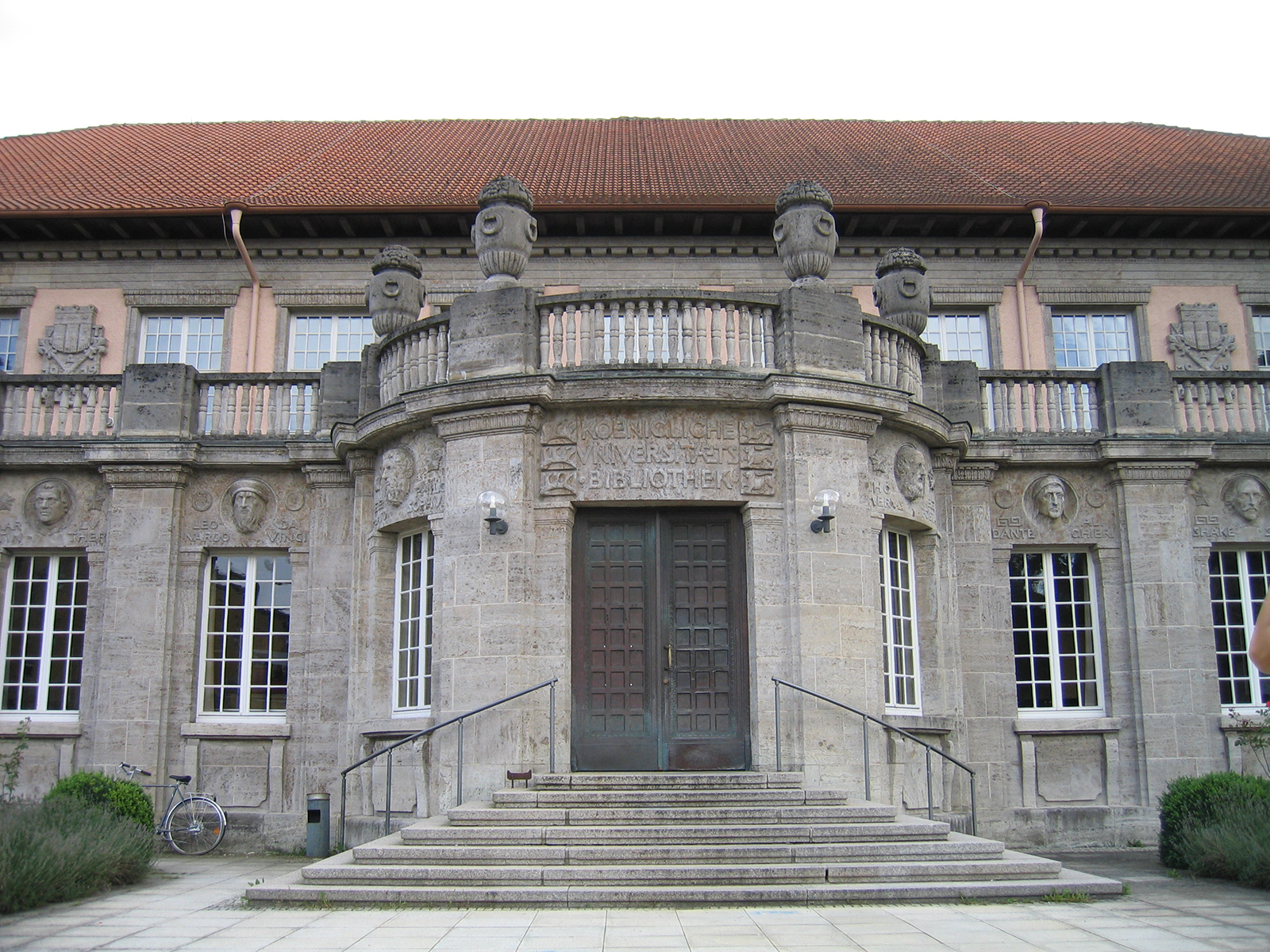University of Tübingen: Branches of the plant’s immune defense are closely intertwined
Like animals, plants also have an immune system that reacts to attacks by microbial pathogens. It consists of two branches: the first defense measures begin with the detection of such intruders outside the cells, a second alarm path is triggered by the plant itself in the cell. Recently there has been increasing evidence that these branches of the plant immune system, previously believed to be separate, could be connected. Now an international research team led by Professor Thorsten Nürnberger from the Center for Molecular Biology of Plants at the University of Tübingen and Professor Jane Parker from the Max Planck Institute for Plant Breeding Research in Cologne has found evidence of the connection. It has discovered components that are switched into the signaling pathways of both branches. A good immune defense and the development of a high resistance to microbial pathogens are important goals in plant breeding and crop cultivation. The results, which could lead to a new model of the plant immune system, were published in the journalNature published.
In comparison with the animal and human immune systems, the plant is considered to be less well researched. Plant immunity is activated when special receptors on the surface of the plant cells bind typical structures of the microbial pathogens and thus recognize them. “This monitoring system usually only triggers a weak and unspecific immune response,” says Dr. Rory Pruitt, the first author of the study from Nürnberger’s group. In spite of its defense, the pathogen can often smuggle proteins into the plant cells, so-called effectors, which are supposed to switch off their immune defense.
Pathogens are slowed down
The second signal pathway and branch of the immune system is based on the recognition of the effectors by the plant, which sets the immune system fully in motion. “Usually only this second line of defense leads to bigger reactions. The plant sends the infected cells into programmed cell death, and lesions form in the leaf. The pathogens cannot spread any further and the infection is under control, ”explains the scientist. The fact that these two branches of the immune system have so far been considered separately is mainly due to the timing of the immune response, which takes place one after the other in two stages, says Pruitt.
When the research team determined the two signaling pathways using the model plant thale cress ( Arabidopsis thaliana) in the laboratory, so to speak, broken down into as many detailed individual reactions as possible, there were unexpected overlaps between the two signal paths. If certain enzyme components, which were previously ascribed to the pattern recognition of microbial pathogens on the cell surface in the first branch of the immune system, were missing, the second signal branch also no longer worked in the effector recognition in the plant cell. “The two branches of the immune system come together in a knot,” says Thorsten Nürnberger. In order to incorporate the new findings into current models of the plant immune system, “we have to ask completely new questions,” says Pruitt. It is still unclear how the components of the system interlock when activating the two different levels of defense.
Parallels to the system in humans and animals
It might also be worth taking a look at the better researched immune systems of humans and mammals. It is true that plants lack the acquired immune response via antibodies known from these living beings. But there are parallels to the plant system in the innate immune system: “In the signal pathways, astonishing similarities were discovered in the chemical composition of the substances involved and in the molecular mechanisms,” says Pruitt. However, the reactions triggered between plants and animals in the further course of the immune response are very different. The immune defense of plants is a fundamental research area for the development of varieties optimized for various purposes for the cultivation of crops and the containment of plant diseases.

